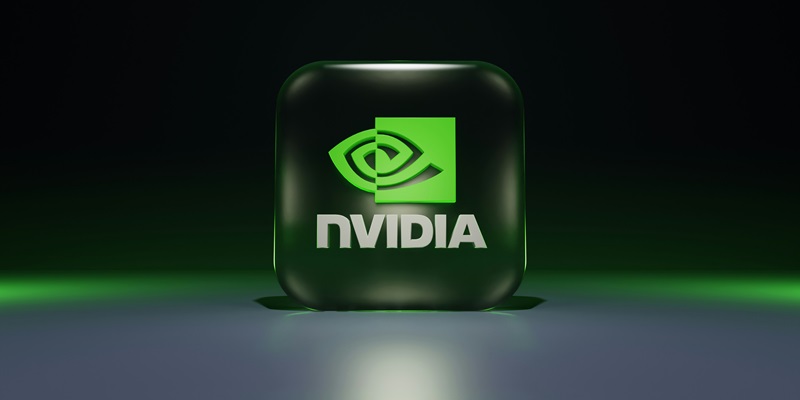At Nvidia’s recent GTC developer conference, CEO Jensen Huang gave an insightful presentation on the subject of Artificial General Intelligence (AGI), or “strong AI.” AGI represents the sector of technology focused on creating machines that can perform any intellectual task that a human can. Huang discussed the intricate challenges and the expected timeline for AGI’s development, providing a well-rounded view of how we might achieve these sophisticated systems and highlighting the responsible considerations that must be observed as this technology progresses. While AGI holds the promise of revolutionizing how machines interact with the world, its ethical dimensions are an integral part of its evolution. The insights by Huang underscored the substantial groundwork that lies ahead for AGI and the importance of guiding its progress with careful thought to its broader impacts on society.
Predicting the Arrival of AGI
Criteria and Misconceptions
NVIDIA’s CEO, Jensen Huang, highlights the need for a precise, universally accepted definition of AGI (Artificial General Intelligence). Equating it to the unmistakable signs of a new year or the obvious indicators of reaching a destination, he suggests that an objective benchmark, such as AI’s capability to pass advanced academic tests (similar to bar or medical board exams), could be the litmus test for AGI’s arrival. He anticipates that with such clear criteria, we might witness the emergence of AGI in the next half-decade. However, his statements are prone to misrepresentation due to the sensationalism surrounding the AGI debate and its potential transformative impact on human civilization. Huang’s conjecture gives rise to a complex blend of intrigue and concern, reinforcing the urgency for clarity in the ongoing discourse on AGI.
AI Misfires and Solutions
AI “hallucinations” pose a significant challenge, with systems generating convincing yet unfounded responses. To combat this, Huang proposes a solution that mirrors steps taken for media literacy: a “retrieval-augmented generation” approach. Here, AI would first conduct research, sifting through information before providing an answer. For high-stakes data, corroborating with multiple reliable sources is crucial. Additionally, AI should be built to signal uncertainty when clear-cut answers cannot be determined. This would foster a more reliable and transparent interaction between AI systems and users, ensuring the credibility of the information provided. Balancing AI’s expansive knowledge with rigorous verification methods is essential for preventing misinformation and maintaining user trust.
Innovations and Integrations in AI
Nvidia’s GTC 2024 Highlights
At the forefront of AI innovation, Nvidia impressed attendees at GTC 2024 by demonstrating the versatility of artificial intelligence in various sectors. Their latest breakthrough, named NIM, is focused on optimizing the deployment of AI models for real-world use, making it easier for industries to integrate advanced AI capabilities into their practical operations. In a move that reinforces their dedication to advancing robotics, Nvidia has also collaborated with leading experts in humanoid robotics to develop their cutting-edge AI platform, GR00T. This collaboration is indicative of Nvidia’s strategic investment in the intersection of AI and robotics, which promises to propel the capabilities and applications of intelligent robots. Nvidia’s advancements are not just theoretical; they’re aimed at bridging the gap between AI research and tangible, everyday applications, underscoring the company’s role as a pivotal player in the evolution of AI technology.
The Broader Tech Ecosystem
TechCrunch’s GTC 2024 coverage highlighted an array of tech developments. Social network X is expanding its API programs, enhancing small business tools for tracking carbon footprints. Reddit is making headlines with its IPO, signaling robust interest in tech platforms. Astera Labs is also entering public markets, while OTB Ventures secures new investment, showcasing financial confidence in tech innovation. With SpaceX’s latest certification for astronaut launches, space exploration is reaching new heights. Media is evolving too, with Peacock updating its services for the Paris Olympics and Meta facing challenges with EU consent laws. Open-source contributions like Mermaid are growing, reflecting the tech community’s collaborative spirit. The industry’s pulse is evident in the hype around Bitcoin, the establishment of new ETFs, and the mainstream embrace of esports – all indicators of tech’s deepening influence on modern culture.
Embracing Innovation and Responsibility
Nvidia’s GTC 2024 showcased the tech industry’s relentless pursuit of Artificial General Intelligence (AGI) and AI advancements, reflecting both grand ambitions and a commitment to responsible innovation. The conference buzz highlighted significant investments and enthusiasm in AI and blockchain spheres, foreshadowing a considerable shift across various domains, including entertainment and environmental efforts. The conversations at this gathering and within the wider tech community are focusing equally on groundbreaking developments and the ethical implementation of emerging tech paradigms.
With this direction, the impact of these technologies is predicted to extend far beyond current use cases, as the collective focus appears to embrace the dual approach of pushing the boundaries of possibility while maintaining a careful watch on the societal implications of such powerful tools. This balanced approach seems to signal a maturity in the industry, aiming not only for technological breakthroughs but also for the creation of a future where innovation and responsibility go hand-in-hand.

